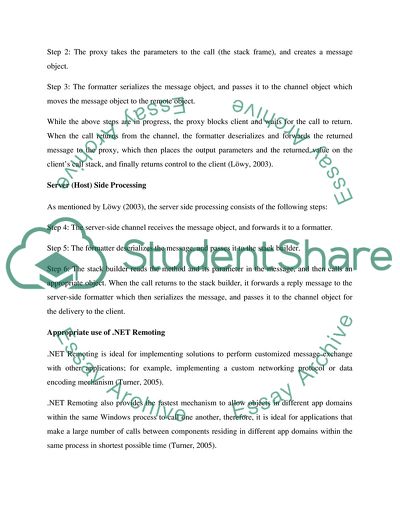Cite this document
(Client Server Integration Case Study Example | Topics and Well Written Essays - 1250 words, n.d.)
Client Server Integration Case Study Example | Topics and Well Written Essays - 1250 words. https://studentshare.org/information-technology/1738922-client-server-integration
Client Server Integration Case Study Example | Topics and Well Written Essays - 1250 words. https://studentshare.org/information-technology/1738922-client-server-integration
(Client Server Integration Case Study Example | Topics and Well Written Essays - 1250 Words)
Client Server Integration Case Study Example | Topics and Well Written Essays - 1250 Words. https://studentshare.org/information-technology/1738922-client-server-integration.
Client Server Integration Case Study Example | Topics and Well Written Essays - 1250 Words. https://studentshare.org/information-technology/1738922-client-server-integration.
“Client Server Integration Case Study Example | Topics and Well Written Essays - 1250 Words”. https://studentshare.org/information-technology/1738922-client-server-integration.


